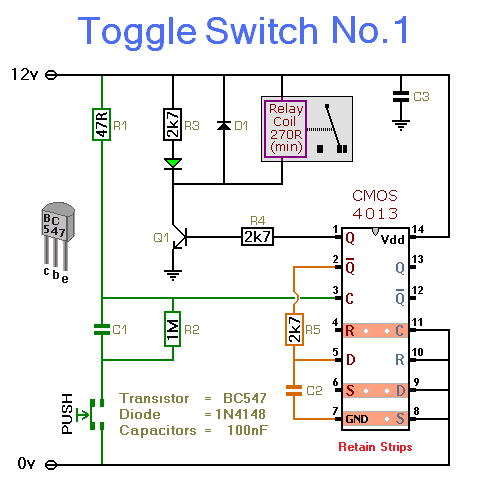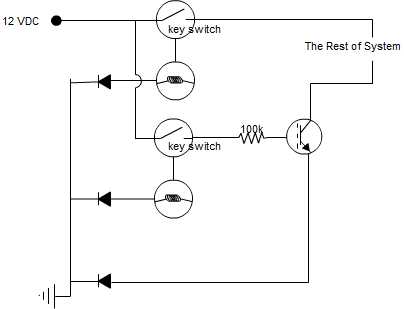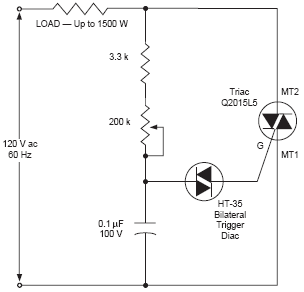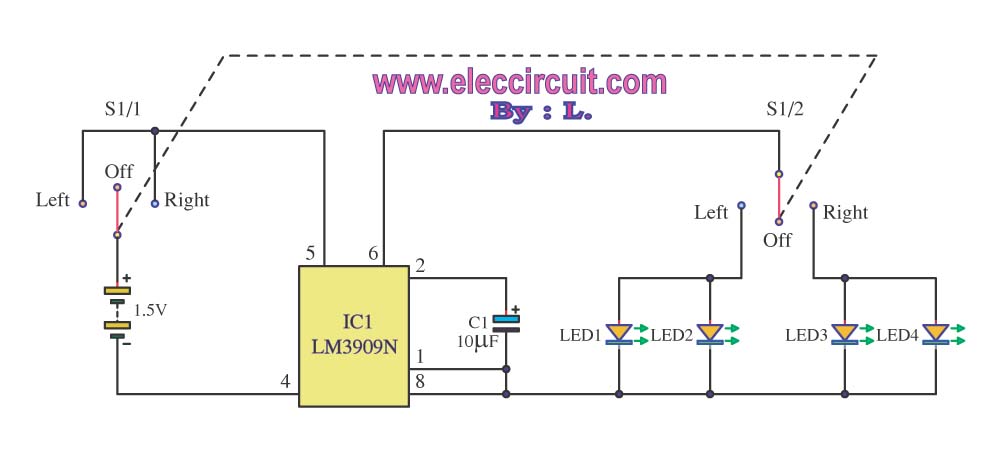
led strip Using a N-Mosfet to switch a common cathode ledstrip
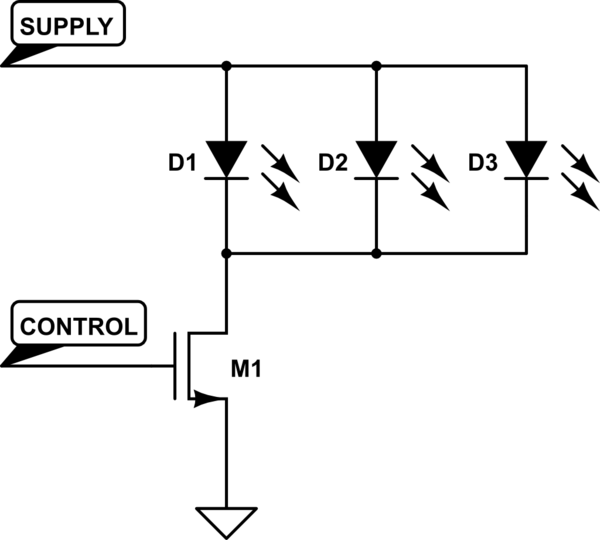
A Common Cathode LED strip is being utilized instead of a Common Anode variant, leading to the development of a modified circuit. The experience with FETs was limited, resulting in challenges as a minimum voltage equal to Vcc is required to saturate the MOSFET. The circuit involves a VCC + STP50N06FI N-MOSFET with a 5V PWM signal controlling the brightness of the LED strip, which is connected to the common cathode. The ground is established through the circuit design.
In this circuit, a Common Cathode LED strip is employed, and the control of brightness is achieved using a Pulse Width Modulation (PWM) signal at 5V. The STP50N06FI N-channel MOSFET is selected for its capability to handle the current requirements of the LED strip.
To implement this circuit effectively, the MOSFET gate must be driven by a PWM signal from a microcontroller or similar device. The source of the MOSFET is connected to the ground, while the drain is connected to the negative terminal of the LED strip. The positive terminal of the LED strip is connected to the power supply (Vcc).
For proper operation, the PWM signal should be configured to switch between 0V and 5V, allowing the MOSFET to turn on and off rapidly. When the gate receives a high signal (5V), the MOSFET enters saturation, allowing current to flow through the LED strip, thereby illuminating it. Conversely, when the gate signal is low (0V), the MOSFET turns off, cutting off the current and turning off the LEDs.
To ensure the MOSFET operates correctly, it is essential to include a pull-down resistor on the gate to prevent floating states when the PWM signal is not active. A typical value for this resistor can range from 10kΩ to 100kΩ. Additionally, a flyback diode may be implemented across the LED strip to protect the MOSFET from voltage spikes generated by the inductive load when the LEDs are turned off.
This configuration allows for effective dimming of the LED strip by varying the duty cycle of the PWM signal, thus controlling the average power delivered to the LEDs and achieving the desired brightness levels. It is crucial to verify that the MOSFET's specifications, including the maximum current and voltage ratings, are suitable for the application to prevent component failure.As I am using a Common Cathode led-strip instead of a Common Anode one as used in the above link thus I came up with this `modified circuit`. Because my experience with FETs was nihil this didn`t actually work as I would need at least a voltage => Vcc to saturate the MOSFET.
VCC + STP50N06FI | N-MOSFET | |-+ _ |<- | \_-|-+ |_/ | Logic 5V (PWM) | Ledstrip V -> (Common - Cathode) | | = GND (created by AACircuit v1. 28. 6 beta 04/19/05 Is it possible to use a N-channel MOSFET at all for this application and if so, what do I need to do to make this work (Control the LED-strip brightness with a PWM signal, logic 5v). 🔗 External reference
In this circuit, a Common Cathode LED strip is employed, and the control of brightness is achieved using a Pulse Width Modulation (PWM) signal at 5V. The STP50N06FI N-channel MOSFET is selected for its capability to handle the current requirements of the LED strip.
To implement this circuit effectively, the MOSFET gate must be driven by a PWM signal from a microcontroller or similar device. The source of the MOSFET is connected to the ground, while the drain is connected to the negative terminal of the LED strip. The positive terminal of the LED strip is connected to the power supply (Vcc).
For proper operation, the PWM signal should be configured to switch between 0V and 5V, allowing the MOSFET to turn on and off rapidly. When the gate receives a high signal (5V), the MOSFET enters saturation, allowing current to flow through the LED strip, thereby illuminating it. Conversely, when the gate signal is low (0V), the MOSFET turns off, cutting off the current and turning off the LEDs.
To ensure the MOSFET operates correctly, it is essential to include a pull-down resistor on the gate to prevent floating states when the PWM signal is not active. A typical value for this resistor can range from 10kΩ to 100kΩ. Additionally, a flyback diode may be implemented across the LED strip to protect the MOSFET from voltage spikes generated by the inductive load when the LEDs are turned off.
This configuration allows for effective dimming of the LED strip by varying the duty cycle of the PWM signal, thus controlling the average power delivered to the LEDs and achieving the desired brightness levels. It is crucial to verify that the MOSFET's specifications, including the maximum current and voltage ratings, are suitable for the application to prevent component failure.As I am using a Common Cathode led-strip instead of a Common Anode one as used in the above link thus I came up with this `modified circuit`. Because my experience with FETs was nihil this didn`t actually work as I would need at least a voltage => Vcc to saturate the MOSFET.
VCC + STP50N06FI | N-MOSFET | |-+ _ |<- | \_-|-+ |_/ | Logic 5V (PWM) | Ledstrip V -> (Common - Cathode) | | = GND (created by AACircuit v1. 28. 6 beta 04/19/05 Is it possible to use a N-channel MOSFET at all for this application and if so, what do I need to do to make this work (Control the LED-strip brightness with a PWM signal, logic 5v). 🔗 External reference
